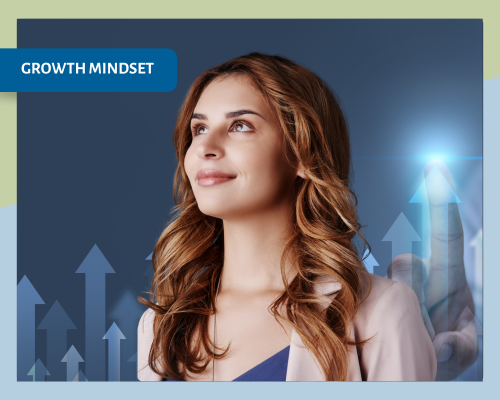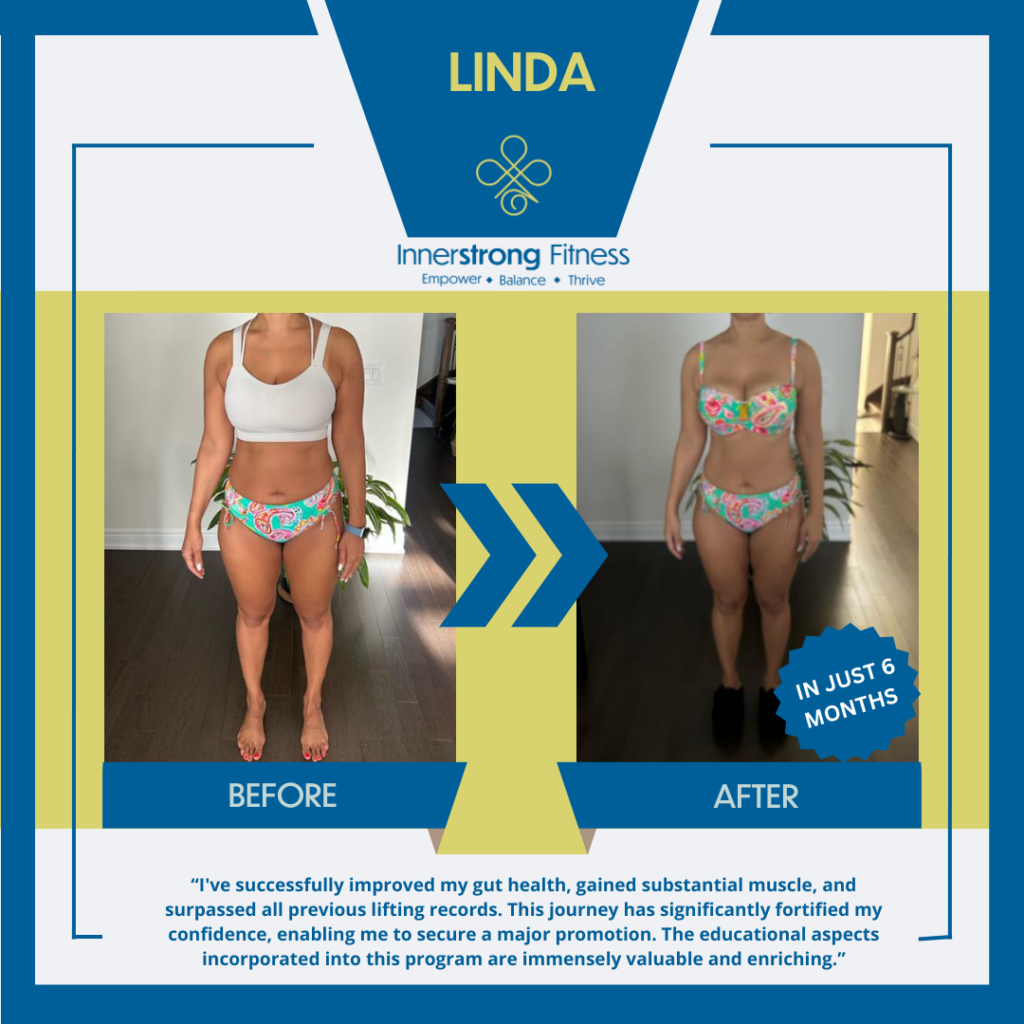One Of The Most Critically Acclaimed Worldviews In The Last Century
Life has a way of making us believe some things are written in stone – completely unchangeable and fundamental.
However, at some point in time, someone carved each of those symbols in order for us to be able to see them now – someone, who thought that although some things are unavoidable (like the stone itself), with enough effort, even they can be changed to make them better from our perspective.
These two hypothetical people’s mindsets (the one who believes most things are the way they are and the one who tries to change them) are great examples of something that a psychologist noticed and shared with the world in the early 2000s.
These mentalities are called the “growth” and “fixed” mindset, and in this article we will tell you more about the growth mindset and how you can start practicing it, today!
Ready? Let’s learn!
The Growth Mindset 101
In order to make sure we understand this fantastic concept correctly, we need to know precisely what it is.
Let’s start with some basic definitions.
The growth mindset is the understanding that the brain is malleable and, as such, changes with effort, dedication, and time.
Anyone can become better than they are (taking some limitations in mind, of course), provided they realize that change is possible and is largely thanks to time and effort.
Researchers worldwide are unanimous that change in anything, from character to habits, is much more likely to occur if the person has the core belief that almost nothing is completely fixed and that improvement takes a certain amount of work and resilience.
All of us can strive to improve if we are aware of our inherent limits and possibilities, and we will likely be better at it if we believe that change is possible thanks to consistent development.
Adopting this notion of “no limits” is at the core of the growth mindset, as opposed to the “fixed” mindset, which imposes more limitations on the individual.
The Origins
The story behind how this idea came to be is also an interesting one.
Years ago, one of the most esteemed psychologists, Carol Dweck, saw a difference in students’ results based on their attitudes regarding failure.
The ones devastated by each small mistake had a more negative experience and sometimes performed worse than those who saw each setback as nothing more special than just another step in the right direction.
Thanks to this separation, Dweck coined two terms that describe the mindsets of students and people in general regarding learning and intelligence – “fixed” and “growth” mindsets.
After her initial breakthrough, more and more scientists backed up her idea, mainly because her discovery inspired their own research on something called “brain plasticity.”
This is the term used to describe that our brains can change physically in terms of neuron count and their respective interlinking connections that can be built or strengthened.
The studies show that all of these factors can be improved by our actions and our consistency in them.
Thanks to this, Dweck’s idea started getting more traction, and it was soon approved as one of the biggest breakthroughs in modern psychology.
Today, more scientists, psychologists, and other professionals use this separation in their working environments almost daily.
Using The Growth Mindset
Now that we have explained the difference between the two let’s focus on how we can reform our habits to allow the growth mindset to become a part of our fundamental psychology.
Remember, it’s of the essence to understand that we can all change, with enough practice.
Understanding Failure
Firstly it’s imperative to change our perspective on failure.
The most significant practical difference between the two ideologies is how negative aspects of something are handled.
Once we internalize that failure is a natural part of the learning process and that, as such, it is nothing to be afraid of, its negative influence diminishes with lightning speed.
A good suggestion on how to do that is to remind ourselves that even those we admire the most started as nothing more than ordinary people.
However, it’s just as important to remember that everyone has unique limitations.
Setting realistic goals for ourselves stops us from feeling overwhelmed and makes us recognize each success as a valid step forward.
Both these subconscious processes are reflected in how we speak, which brings us to our next point.
Shifting The Pattern
Noticing the words we use and how we innately talk and think is very important when we want to change something about our mindset. I
The advice we can give here is instead of thinking, “I just don’t have it in me” try saying, “I haven’t learned this yet.”
This way, subconsciously, we can use our thoughts as motivation instead of a setback and start allowing ourselves to change thanks to our mindset instead of against it.
External Validation
One other important aspect of our daily lives is the people around us.
Once we stop seeking their approval, we stop seeing change as a goal and can focus on learning and growing, which are essential for change.
Other people’s approval shouldn’t be what we strive for in order for this mindset to be internalized truly.
Instead, we should take our change as the primary focus.
When we have these basic things down, we can start getting even more specific.
Notions such as “take your time and trust the process,” “value the journey instead of the final destination,” and “learn from those around you by seeing the way they learn” are all great sub-ideas of these basic concepts.
Final Thoughts
Change is complex, and it takes time, even if you work hard at it.
However, these types of sentences are exactly what we should reshape into ideas like “change is the only way to truly become better” and “each day spent working towards our goals is a day we can learn from.”
When we start rephrasing such negative connotations to pull our focus on the positive aspects each process has, we can begin to actually… grow.
It’s true that change isn’t as easy as a walk in the park.
However, when we start feeling the improvements we’ve worked so hard for, they feel much more rewarding and have a lasting effect.
This is why we believe that anyone can start having more of a growth mindset, and it’s possible to start changing for the better at the start of each day.
So go ahead! Start paying more attention to your thoughts, beliefs, and actions, and… Change them for the better!











